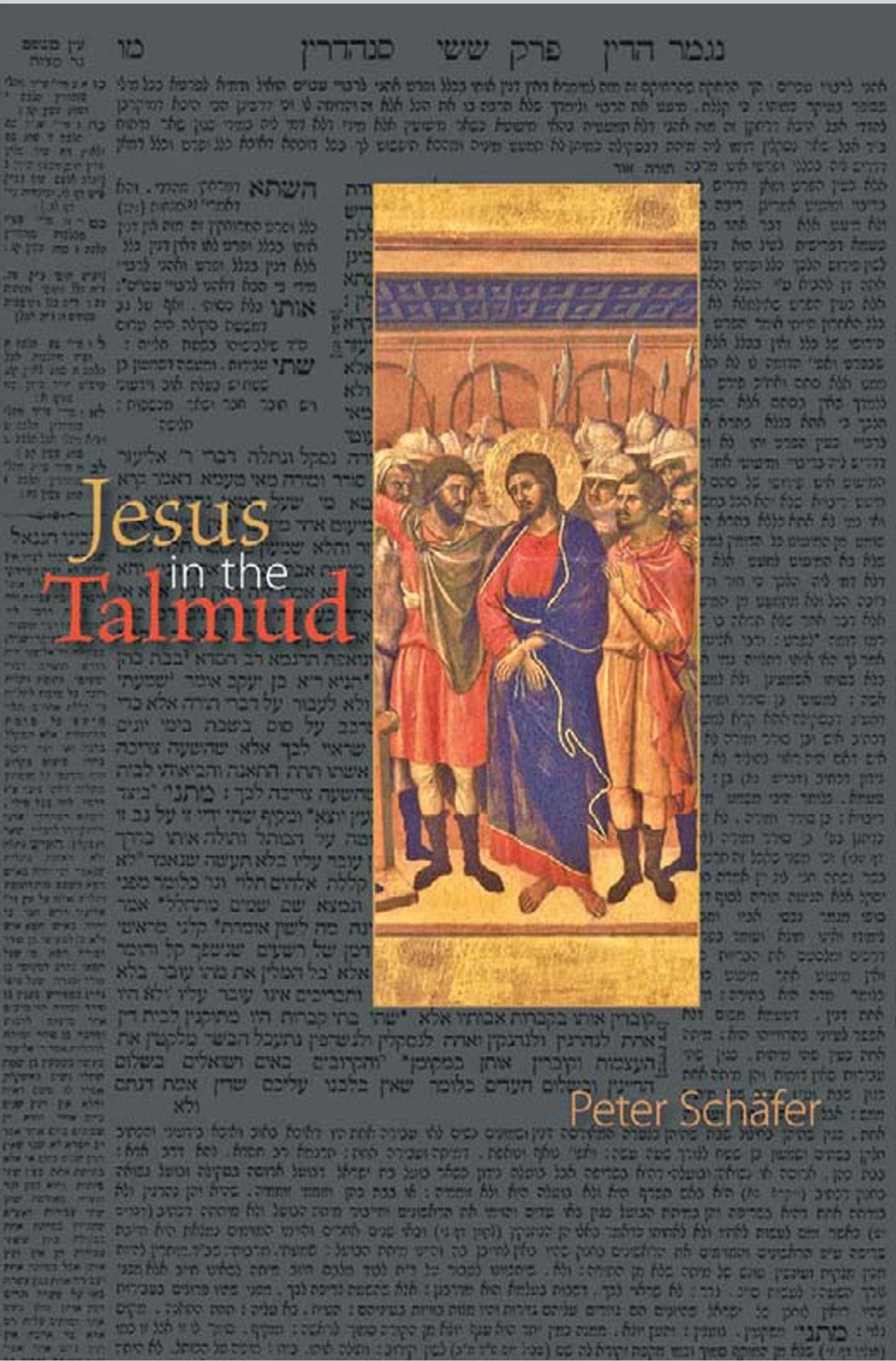JESUS IN THE TALMUD
Summary of Jesus in the Talmud by Peter Schäfer
“Jesus in the Talmud” by Peter Schäfer is a scholarly examination of how Jesus is portrayed in rabbinic literature, particularly the Talmud. The book analyzes Jewish perspectives on Jesus and how the rabbis of late antiquity responded to Christianity’s rise.
⸻
1. Purpose and Argument of the Book
• The book investigates rabbinic references to Jesus, primarily in the Babylonian Talmud.
• It challenges earlier claims that the Talmud contains no substantial references to Jesus, arguing instead that the rabbis crafted a counter-narrative to the New Testament story.
• Schäfer explores the historical and cultural context in which these texts were written, particularly the Jewish-Christian tensions of the time.
⸻
2. Key Themes Covered
a) Jesus’ Family and Birth
• The Talmud portrays Jesus as the illegitimate son of a woman named Miriam (Mary) and a Roman soldier named Pandera/Panthera.
• This contrasts with the Christian virgin birth narrative, portraying Jesus as an imposter and a bastard rather than the Messiah.
b) Jesus as a Sorcerer and False Teacher
• The Talmud suggests that Jesus practiced sorcery and led Israel astray.
• He is depicted as a failed disciple, who misused divine knowledge for his own gain.
• This counters the New Testament’s portrayal of Jesus as a miracle worker, recasting his miracles as acts of black magic.
c) Jesus’ Trial and Execution
• Unlike the New Testament account, where Jesus is crucified by the Romans, the Talmud claims that he was executed by the Jewish authorities for practicing sorcery and leading Israel into idolatry.
• This account shifts responsibility for Jesus’ death and asserts that it was a just punishment under Jewish law.
d) Jesus’ Afterlife and Punishment
• Some Talmudic references mock the Christian belief in Jesus’ resurrection.
• One passage suggests that Jesus is being punished in Hell, sitting in boiling excrement—a direct insult to Christian claims of his divine status.
⸻
3. Historical and Theological Implications
• Schäfer argues that these rabbinic depictions of Jesus were crafted as polemical responses to Christianity’s growth and influence.
• The Babylonian Talmud’s treatment of Jesus is more explicit and aggressive than that of the Palestinian Talmud, likely because Jews in Babylonia faced less direct Christian oppression.
• These narratives serve to undermine Christian claims about Jesus’ divinity and messianic role.
⸻
4. Significance of the Book
• Schäfer’s book provides a critical, academic examination of Jewish-Christian relations in antiquity.
• It challenges both Jewish apologetic efforts to downplay these passages and Christian polemics that have used them as evidence of Jewish hostility toward Jesus.
• The book demonstrates how religious communities construct counter-narratives in response to theological and political challenges.
⸻
Conclusion
Jesus in the Talmud presents a bold and controversial study of how Jesus was perceived in rabbinic Judaism. It argues that Jewish scholars in late antiquity deliberately crafted a negative portrayal of Jesus as a response to Christian claims. The book is an essential resource for those interested in Jewish-Christian polemics, early Christian history, and the development of rabbinic thought.
